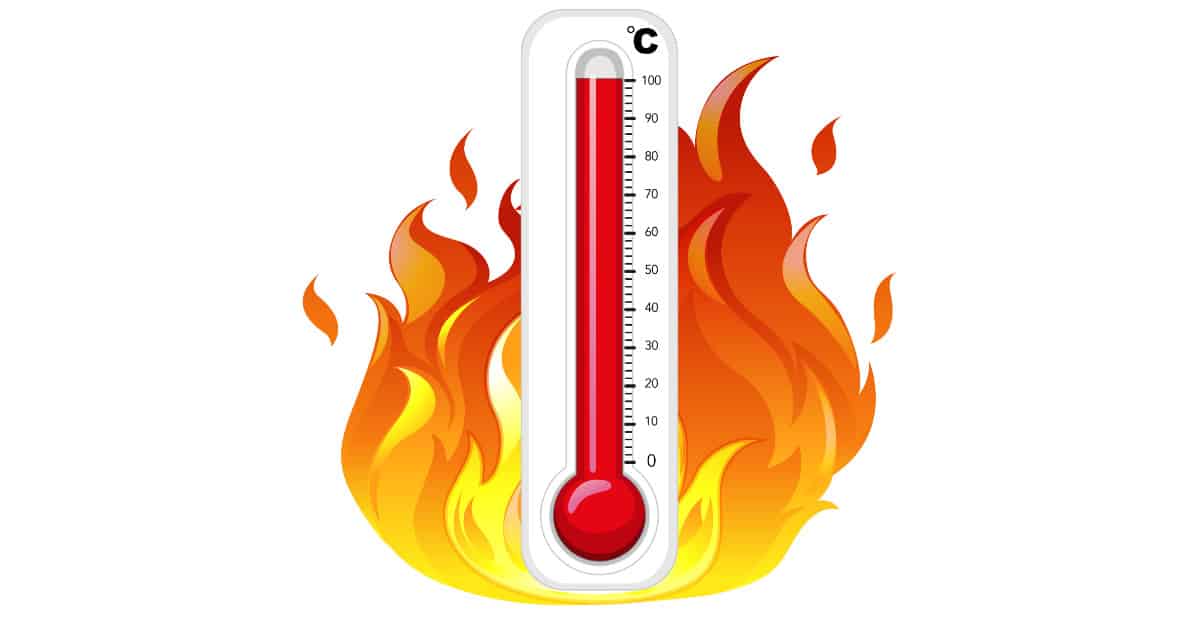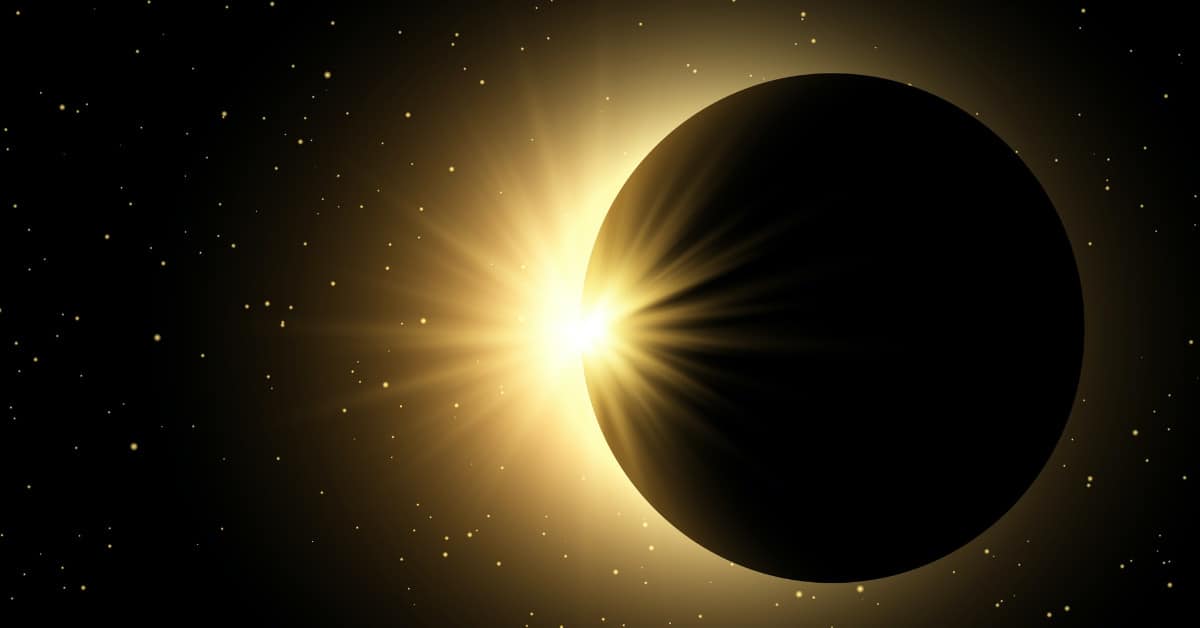The reason why the concept of heat and temperature could be mixed up is because of how closely related they are in real life. If you add heat to something, the temperature will rise. If you reduce the temperature of something, you’re going to take away its heat. Let’s just look at what they actually represent.
The main difference is that heat deals with thermal energy, while the temperature is more concerned with molecular kinetic energy.
Heat Definition
Heat describes the transfer of thermal energy between the molecules in the system and is measured in Joules. Heat measures how energy moves or flows. An object may gain heat or lose heat, but it may not have heat. Heat is the measure of change, never the property of an object or a system. Therefore, this is classified as a process variable.
What is heat?
Heat is a form of energy that flows between a system and its environment by virtue of a difference in temperature between them. “Therefore heat is called in transient energy. When heat enters a body it becomes its internal energy and as heat energy, it no longer exists.
It is commonly observed that if you place a hot object (say a cup of tea) or a cold object (say a glass of ice water) at ordinary room temperature in an environment, the object will tend to thermal equilibrium with its environment. That is to say, the hot cup of tea gets colder and the ice water gets warmer; each temperature approaches the room temperature.
It seems clear that such thermal equilibrium approaches have to involve some sort of energy exchange between the system and its environment.
Heat is an essential form of energy. It’s important to our survival. We need it in order to cook our food and keep our body temperature. Heat is also needed for different industrial processes. How to protect ourselves from both high and low temperatures requires knowledge of the way heat travels.
Unit of heat
Since heat is a form of energy, its units are those of energy in the SI system, namely, the joule (J). Before heat was acknowledged as a form of energy, it was assigned to other units. In some cases, these units are still in use today, especially the calorie(cal) and British thermal unit (Btu). They relate to the joule according to the following:
1 cal =4.186 J
1 Btu=1055 J.
1 Cal = 1000 cal = 4186 J.
Main sources of Heat Energy
- Heat is produced by fossil fuel burning (wood, coal, oil, gas, etc.). We cook food and warm our rooms because of the heat produced by wood and natural gas burning etc. In thermal power stations, the heat produced by burning coal and oil, etc. is used to generate electricity.
- The sun is the biggest heat source. The heat of the sun hits the earth in radiation form. Solar radiations keep the Earth’s environment warm at the proper temperature for life’s survival.
- Electricity is also used in the production of heat.
Temperature Definition
Temperature is the average kinetic energy of molecules within a material or system and is measured in Celsius (° C), Kelvin (K), Fahrenheit (° F), or Rankine (R). It is a measurable physical property of an object, also known as a state variable. Other measurable physical characteristics include velocity, mass, and density, to name a few.
What is Temperature?
A body’s temperature is the degree of hotness or body coldness. “or “Average kinetic energy of atoms or molecules. “When we touch a body we feel it hot or cold. The body temperature tells us how hot a body is or how cold.
When there are two systems in thermal equilibrium we assume they have the same temperature. Conversely, when the two systems are in thermal equilibrium, the temperature is that property of a system that equals that of another system.
For example, suppose the systems are two gasses with different temperatures, pressure, and volumes at first. After we bring them in contact and wait long enough for them to achieve thermal equilibrium, their pressures usually will not be equal, nor will their volumes; however, their temperatures will still be equal in thermal equilibrium. It is only by this thermal equilibrium-based argument that the notion of temperature can be introduced into thermodynamics.
It’s useful to understand the terms, thermal contact, and thermal equilibrium to understand the concept of temperature. In summer, people wrap it with a cloth or keep it in a wooden box or thermos flask to store ice. In this way, ice thermal contact with its hot surroundings is avoided, otherwise, ice will soon melt away. Likewise, when you put a cup of hot tea or water in a room, it gradually cools down.
Continues cooling? When it hits room temperature it starts cooling down. Thus, temperature regulates the direction of heat flow. Heat flows from a hot body to a cold body until it reaches thermal equilibrium.
Heat vs Temperature
Heat
Heat is the total energy of the motion of a substance’s molecules while temperature refers to the calculation of the average energy of the molecules’ motions in the material. The heat depends on factors such as particle speed, particle size, and particle number, etc.
• SI Unit: Joule
• Unit: Joules, Calories
• Symbol: Q
• Particles: It’s a measure of the number of atoms multiplied by the energy possessed by each atom.
• Ability to do Work: It has the ability to do work
Temperature
In comparison, the temperature is independent of these factors. Let’s equate a tub of water to a cup of water, for example. The water in the tub and the cup might be at the same temperature, but by virtue of the number of particles in the container, there is more thermal energy in the tub, and therefore more water, even if they have the same temperature.
• SI Unit: Kelvin
• Unit: Fahrenheit, Celsius, Kelvin
• Symbol: T
• Particles: It is like a level that determines the direction in which the heat will flow. It is related to how fast the molecule within a substance is moving.
• Ability to do Work: It can be used to measure the degree of heat.
See Also
Difference between Speed and Velocity?
Difference between Atom and Molecule









